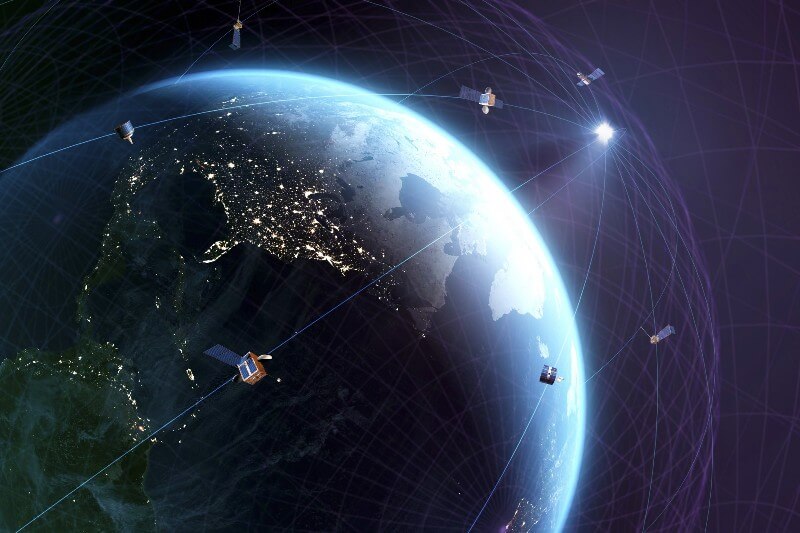Key Points
- Researchers developed an algorithm that can locate any point on Earth using satellite signals.
- The algorithm achieved unprecedented accuracy, converging on a stationary receiver with an error of only about 5.8 meters.
- The technology could potentially usher in a new era of positioning, navigation, and timing.
Researchers have created a clever algorithm that can “eavesdrop” on satellite signals to pinpoint any location on Earth, much like GPS. The study showed for the first time that the algorithm could take advantage of signals sent by multi-constellation low Earth orbit satellite (LEO) satellites, such as Starlink, OneWeb, Orbcomm, and Iridium.
By listening to signals from eight LEO satellites for about 10 minutes, the algorithm was able to pinpoint a stationary receiver on the ground with incredible accuracy, making an error of only about 5.8 meters.
The research was led by Zak Kassas, a professor of electrical and computer engineering at The Ohio State University. He worked with PhD students Sharbel Kozhaya and Haitham Kanj. Their paper won the Best Student Paper award at the IEEE/ION Position Location and Navigation Symposium (PLANS) 2023 conference.
The researchers didn’t need help from the satellite operators to use the signals. They only had access to publicly available information about the satellites’ downlink transmission frequency and a rough estimate of the satellites’ location.
GPS is essential for modern society, as it’s used in transportation, communication systems, power grids, and emergency services. However, GPS signals can be weak and unreliable in certain places, like indoors or in deep urban canyons. They are also vulnerable to interference, which can lead to serious security risks.
Professor Kassas said that as technologies like autonomous vehicles become more common, it’s important to find alternatives to GPS. His study builds on previous research that used six SpaceX satellite signals to locate a position within 10 meters of accuracy, which was recently reduced to 6.5 meters.
LEO satellites could offer an alternative for positioning, navigation, and timing, as they are about 20 times closer to Earth than GPS satellites. This technology could potentially bring about a new era in these fields, according to Kassas.
The algorithm is special because it doesn’t reverse engineer the signal, as other attempts at creating a GPS alternative have done. Instead, it can listen to any satellite signal, train on the data it’s receiving, and then decipher certain features of the signal to reconstruct location data.
The researchers also used the algorithm to estimate where the satellites are in space, which is important for using the satellite to position ourselves.
In a stationary experiment, the algorithm was only off by about 5 meters when trying to locate a ground receiver. In another experiment with a moving vehicle, the algorithm was found to be about 4.4 meters away from the car’s true location.
Although a patent has been filed for the algorithm, the team plans to continue improving its technical abilities. More studies on the accuracy, integrity, and continuity of these new types of signals will be needed before they can be trusted as much as GPS.

